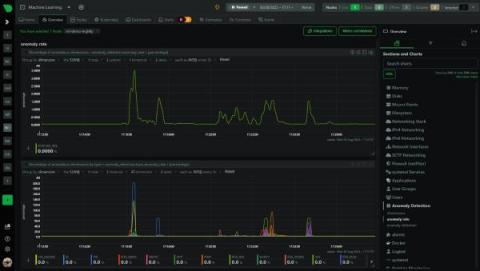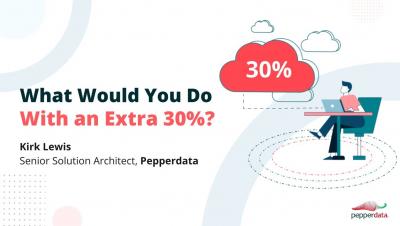What is a Colocation Data Center?
The colocation data center is a type of service where organizations can rent out space in a data center facility to house their IT infrastructure. These facilities provide the power, cooling, and network connectivity that companies require to operate their servers, storage devices, and applications. Colocation services allow companies to reduce costs and avoid the hassle of building and maintaining their data center facilities.













